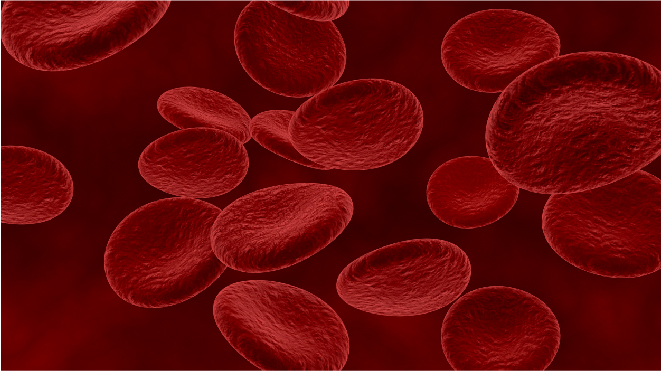The process of eliminating cancer cells from a person’s body does not end with the completion of active treatments. Anticancer treatments eliminate cancer, causing blood cells from the body, but the body does not get completely immune. There is a possibility of remission of cancer.
Strict monitoring after the treatment is mandatory. It helps in monitoring the remission of cancer, manage and diagnose long term or late side effects.


Follow up of blood cancer post-treatment involves the following:
Developing a follow-up plan
Immediately after the treatment, the patient needs knowledge about the post-treatment care that he/she has to take. The patient, along with the doctors, prepares a personalized follow-up plan depending on the treatment plan. The plan would vary for each individual. It depends on the diagnosis.
The care plan includes a few screening and blood tests which provide information about the blood cell count and cancer recurrence. The patients have to visit the oncologist on a prevalent basis. Depending on the medical history, the doctor let the patients know about how often he/she needs to get checked.
A multidisciplinary approach for monitoring the patients is survivorship, or cancer care follow up clinics. These help the patients return to their regular schedule by boosting their mental health along with keeping a check on their physical health.
Patients could continue their diagnosis regarding the follow up with the same oncologist or could seek further treatment under known physicians or someone their health insurance permits.
Being cautious about recurring:
One of the most important reasons for having a follow-up post anticancer treatment is the chance of recurrence of cancer. Recurrence occurs when the cancer cells are not eliminated from the body. It happens when a few of them remain unidentified during the treatment. Post-treatment also, they continue to multiply and show up through symptoms when they increase significantly. Recurrence is frequent, but not for all cancers. It mainly depends on the type of cancer and where the cancer cells have developed in the body. Not all patients experience cancer, and it’s highly impossible to predict who has a higher possibility of recurring cancer.
Recurrence of blood cancer is widespread and dangerous. Blood cancer cells hide in the spinal fluid or other hidden areas in the body and might remain undetected during the treatment. So, patients have to have a regular check-up of blood count to reduce the risk. Oncologists recommend screening and bone marrow cells to check for recurring or secondly cancers.
Long-term or late side effects:
Many patients assume that side effects are a part of active treatment only. However, in most of the cases, the short-term side effects could be symptoms for the long-term ones. The effects which do not go away even after the treatment ends are long term effects. A few effects could develop even after years of the treatment has stopped, and these are known as late effects.
The patients should stay in constant monitoring to reduce the risk of long term effects. The risk depends on the type of cancer, treatment plan, and overall health of the patient.
There are specific treatments that can have late effects on the human body. Specific tests are a mandatory part of the follow-up plan. These include:
- Thyroid examinations: People who receive radiation near the neck have the risk of getting thyroid abnormalities in their life.
- Lung function tests: These tests are for people who have undergone bone marrow or stem cell transplantation. They give information about the capacity and functionality of the lungs.
- Electrocardiograms (ECG): These tests are for patients who have received radiation near the chest. Patients who have prescribed anthracyclines also have to make ECGs an essential part of their care plan.
- Mammography: This test has to
- be an essential part of the care plan of women who have received radiation near the chest at younger ages.
- Computed tomography scans (CT scan): These scans and blood tests examine and determine the possibilities for recurrence of cancer or secondary cancer.
Maintaining health records:
All the information related to the treatment and diagnosis has to be stored carefully. In case of any disturbance in the health of the patient, the diagnosis entirely depends on medical history. Also, for the doctor to keep track of your health, he has to know about the patient’s previous treatment.
Most importantly, the patients have to secure data regarding:
- Which treatment they’ve received
- Medications prescribed to them
- Tolerance of the patient towards the treatment
- Side Effects observed due to the treatment
- Reports of the blood tests and physical tests
- Dates of treatment along with which diagnosis the patient has received on which date
- Risk of developing long-term effects
Self-care
The patients need to take care of themselves, maintain a proper diet, and follow a few instructions advised by their primary doctor to maintain overall health. The follow-up care plan mainly depends on the coordination between the doctor and the patient post-treatment too. The following are a few tips that could help implement this care plan:
- Having a nutritious and balanced diet
- Regular exercise
- Quit smoking
- Seek medical advice for mental health and get boost ups for getting back to a healthy life
- Keeping a healthcare file about the reports and prescription regarding the treatment and diagnosis
- Get enough rest
Survivorship clinics:
A few treatment centers provide survivorship or follow up cancer care clinics. These clinics provide a complete and distinct approach to monitoring and supporting cancer survivors. They make sure that the patient’s follow-up regularly. They keep track of the patient’s visits to the doctor and their overall health.

